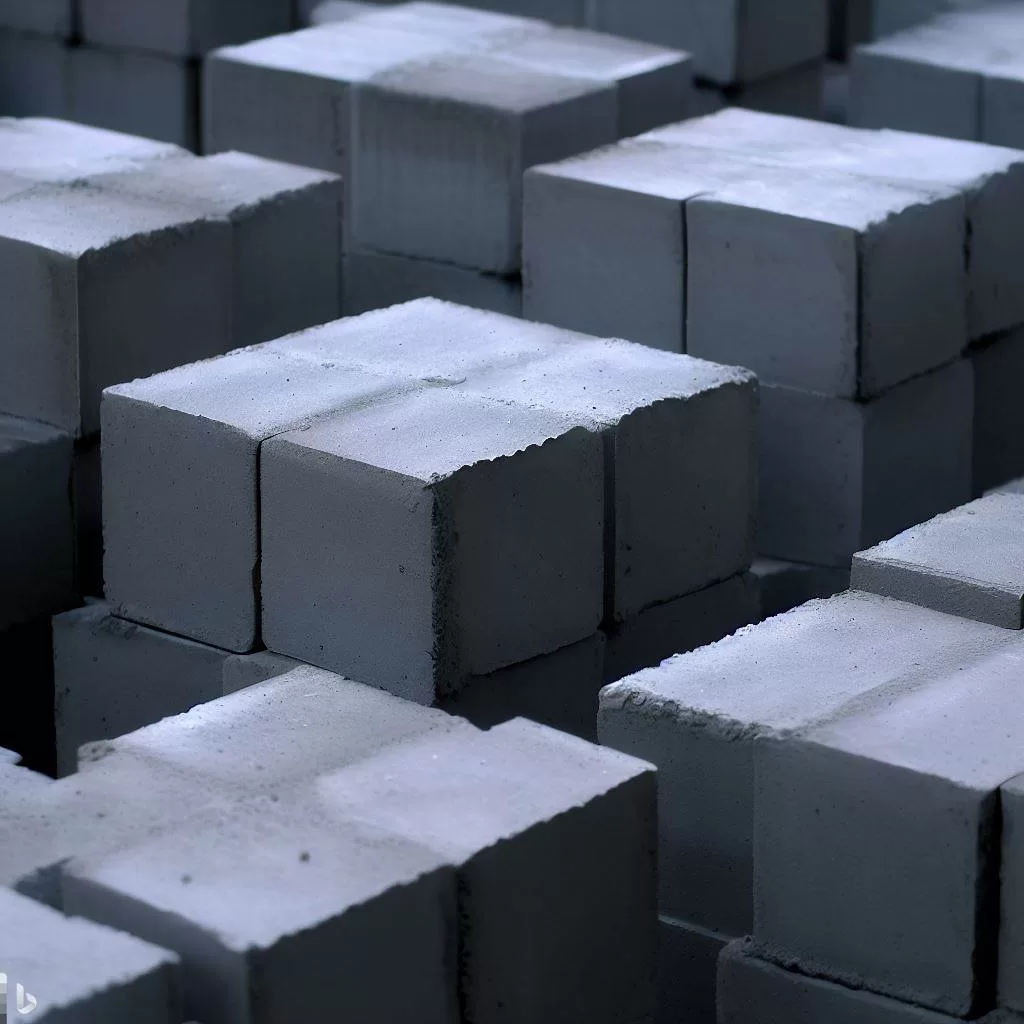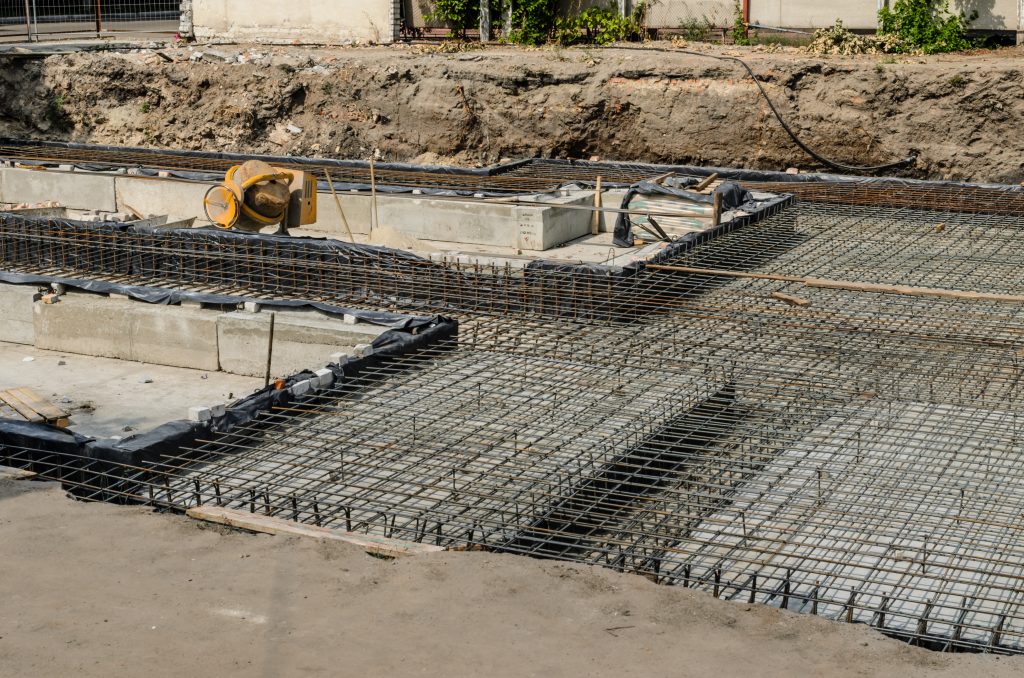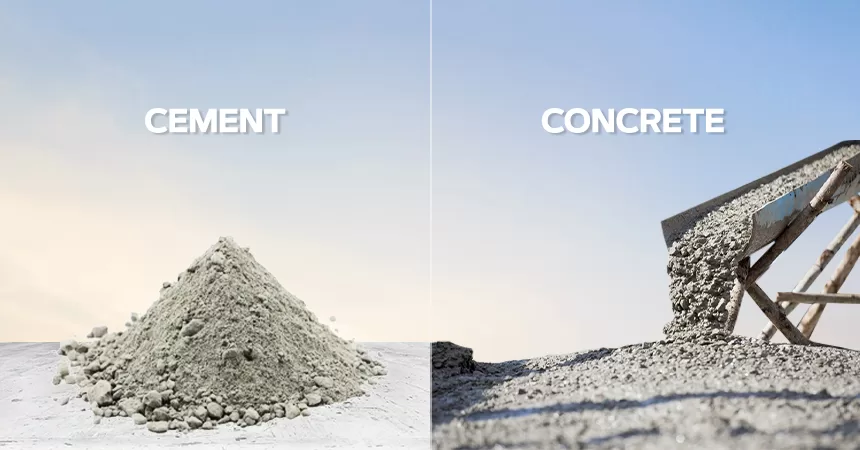Have you ever wondered what high-rise buildings or bridges are made from? If your guess is concrete, then you’re correct. However, there is a more detailed answer that tackles the technicalities of this simple question. For starters, not every type of construction project requires the same grade of concrete. Some might require greater workability while others may need greater strength. Many grades of concrete are available, and each serves a unique function. Similarly, another grade of concrete, called M50, is extensively used in heavy-scale industrial structures and infrastructure projects. In this article, we will learn about M50, its components, how to mix it, and some tips that could be of use along the way.
What is M50 Concrete Ratio?
The term M50 comes from the concept of ‘mix design’, which is the science of using raw materials in certain proportions to create a grade of concrete that meets the specifications for a given construction project. The ‘M’ in M50 represents mix design, while 50 represents the compressive strength in megapascals. Simply put, M50 concrete ratio represents a specific mix design that results in a concrete strength of 50 megapascals (MPa) after 28 days of curing.
Components of M50 Grade Concrete
The key components of M50 grade concrete are as follows:
Cement:
Cement is a binding material that provides strength and cohesion to the concrete mixture. In M50 concrete, the ratio of cement to the total volume of the mixture is approximately 1:1.
Sand:
Sand acts as a fine aggregate, filling the voids between larger particles and enhancing the overall strength of the concrete.
Coarse Aggregates:
Coarse aggregates, such as crushed rocks or gravel, contribute bulk to the concrete mixture and enhance its strength. This ratio aids in achieving the necessary density, stability, and load-bearing capacity of the concrete.
Water-Cement Ratio:
The water-cement ratio is a crucial factor affecting the workability and strength of concrete. This ratio is carefully controlled to ensure optimal cement hydration and prevent issues like excessive shrinkage or weak concrete.
What is the procedure for proportioning M50 concrete mix
Making a concrete mix involves determining the proportion of concrete components viz., cement, aggregates, admixtures, and water. This evaluation is done to ascertain the desired compressive strength, workability, and durability after 28 days (about 4 weeks) of curing. Here are the steps involved to make concrete mix design:
1. Calculate the target strength for mix proportioning
Target average strength (f’ck) can be determined with the following formula:
f’ck= fck + 1.65s
Where,
- f’ck = average target compressive strength at 28 days.
- fck = characteristic compressive strength at 28 days.
- s = Standard deviation
- 1.65 = statistical value depending on the accepted proportion of low results and the number of tests.
2. Selection of water-cement ratio
Different types of cementitious material and aggregates of different sizes, grading, surface texture, shape, etc., can produce concrete with different compressive strengths for the same ratio of water and cement. The water content in the concrete impacts its strength, durability and workability. The details of the required water-cement ratio are stated in Table 5 of IS 456:200.
3. Selection of water content
Aggregate size, shape and texture, cement and other supplementary cementitious material type and content, chemical admixture and overall environmental conditions impact the water content of concrete. An increase in aggregate size, use of rounded aggregates, reduction in water-cement ratio and slump and addition of water-reducing admixtures in the concrete will require less water. Whereas, increase in temperature, cement, slump and aggregate angularity and decrease in the coarse-fine aggregate proportion will require more water.
4. Calculation of cement content
It can be calculated from the previously obtained quantity of water per unit volume of concrete and the water-cement ratio. The calculated cement content should be checked against the maximum cement content recommendations per IS 456:2000.
5. Estimation of aggregate content
A concrete mixture comprises both coarse and fine aggregates in varying proportions, depending on the grade of concrete, and the overall requirements for the concrete structure. Aggregates of the same nominal maximum size, grading and type results in a concrete mixture that provides adequate workability when a certain specific volume of coarse aggregate per unit volume of the total aggregate is used.
6. Determining water content and fine-to-aggregate ratio
To achieve the desired workability, mixing water per unit volume of concrete and the ratio of fine aggregate (sand) to total aggregate by absolute volume are to be estimated.
M50 Grade Concrete Applications
High strength concrete mix ratio like M50 is used in the following:
Reinforced Cement Concrete (RCC) work:
RCC structural elements are made up of concrete and steel reinforcements. The reinforcements enhance the concrete’s strength, allowing it to be used in high rise buildings.
Concrete roads:
Concrete roads are typically made by blending Portland cement, sand, aggregates and water, which is poured and compacted to form durable surfaces for heavy vehicles.
Prestressed beams:
Prestressed concrete is a type of concrete that is stressed during production. Evidently, prestressed beams are beams made from prestressed concrete.
Prestressed concrete girders:
These are essentially large horizontal beams used mainly in construction of bridges.
Factors Influencing M50 Concrete Selection
The M50 concrete ratio represents the compressive strength of the concrete after 28 days of curing. The strength requirements of the project play a crucial role in determining the M50 ratio of concrete mix. Similarly, different structures may require varying strength, durability and workability. Therefore, project specifications must be considered while determining the M50 ratio of concrete mix.
Additionally, humidity, rainfall, and exposure to coastal environments can impact M50 concrete properties. Other factors include cement type, the quality of additives used, and construction practices and techniques.
Common Mistakes to Avoid
Avoiding mistakes like inaccurate proportions, inadequate mixing time, and ignoring temperature conditions can help you achieve a superior grade of M50 concrete. Use precise amounts of cement, aggregates, and water for desired strength. Ensure a thorough mixing of the concrete mixture and try to avoid extreme temperatures during mixing.
Enhance your concrete’s strength with JK Cement.
FAQs
Can admixtures be used in M50 grade concrete?
Yes, admixtures like water reducers, plasticisers, or air entrainers can be used as they modify certain properties of the concrete, such as workability, setting time, or durability.
Are there specific standards or codes for M50 grade concrete?
No, they aren’t any specific standards or codes for M50 grade of concrete. Concrete mixes beyond M40 are usually specified by project consultants or engineers based on project requirements.
Can M50 grade concrete be used for foundations and basement walls?
No, it is not required for foundations and basement walls of residential buildings. Lower-grade concrete mixes such as M20 to M25 are commonly used for these applications.
Is it necessary to conduct strength tests for M50 grade concrete?
Yes, it is. Conducting strength tests is important for M50 grade concrete to ensure that it meets the desired compressive strength requirements.
What is fck in concrete?
Fck represents the characteristic strength of concrete. Characteristic strength of concrete is defined as the strength of concrete where not more than 5% of test results are expected to fall. It is calculated using the following equation: fck= (target mean strength) – (statistical constant * standard deviation).
















